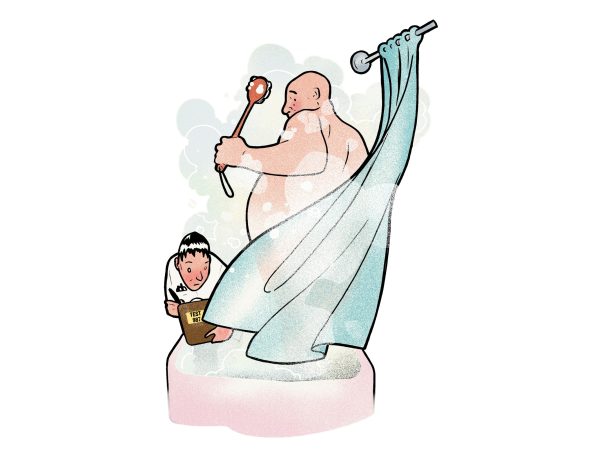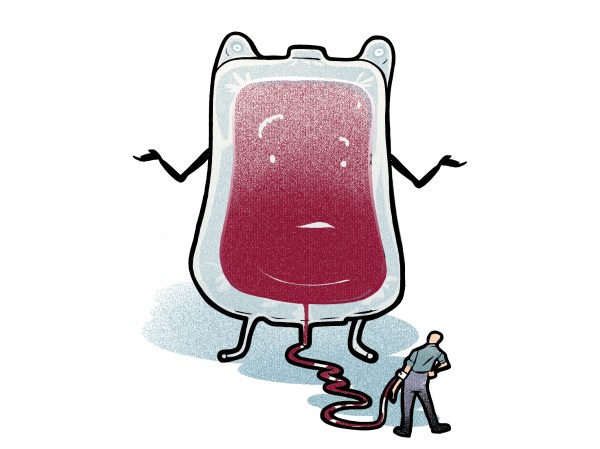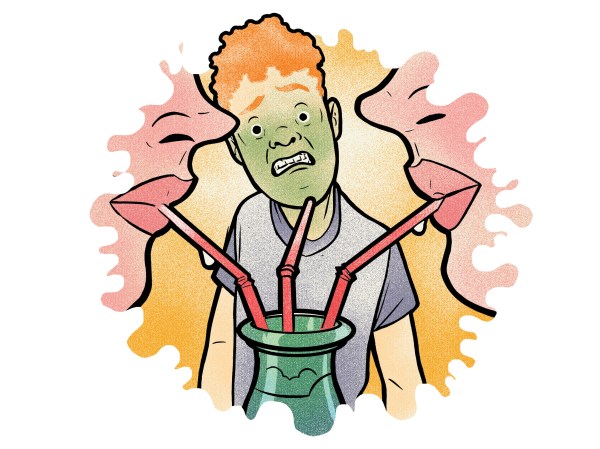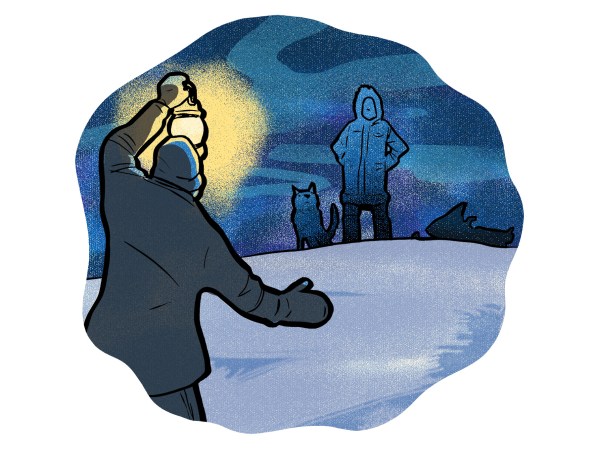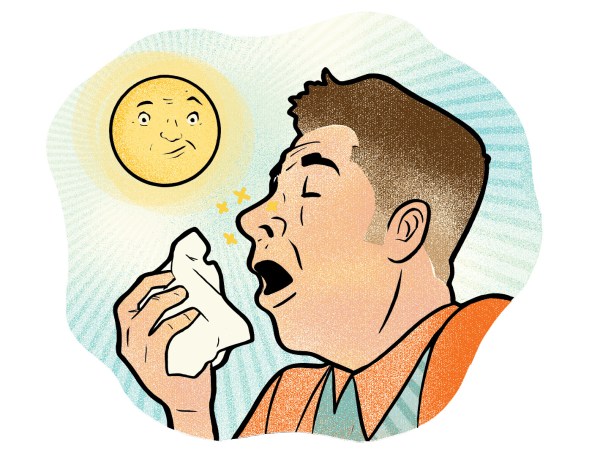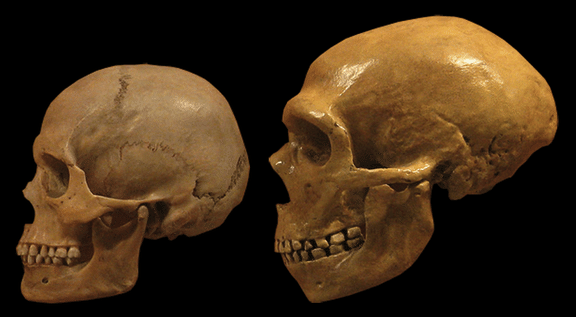

For centuries, bearded men have contended that a furry face is nature’s insulation. In a 1854 philosophical treatise on the topic, a Mr. Thomas S. Gowing contended that a beard’s function is to protect “some of the most susceptible portions of our frame from cold.”
Science has since proved him right. A 2012 study in China compared the skin of nearly 100 men’s upper lips to their upper (and hairless) cheeks. Lips were, on average, 1 degree warmer than cheeks, suggesting a clean-shaven man is more likely to lose body heat from a susceptible bare ledge.
That mystery solved, some scientists now contend that beards might actually be too good at their intended jobs. Physiologist Michel Cabanac says there’s a real danger (however slim) a beard will overheat the brain. To compensate, he theorizes, evolution came up with an adaptation: hereditary male-pattern baldness.
Cabanac believes that less hair atop the cranium offers ventilation, which makes up for the heat-trapping chin pelt. He calls this hypothesis “thermoregulatory compensation.” To test it he studied 39 men over 10 years. He found that, sure enough, men with higher beard lines—shaved or not—had the most receding hairlines.
There’s one other downside to a fuzz face: ice. Polar adventurer Eric Larsen, who treks through minus-50-degree weather, finds he needs a well-shorn chin. “I try to shave as much as possible,” he says. “The benefits of having a beard are outweighed by the energy it takes to melt the ice that forms on it.”
This article was originally published in the March/April 2016 issue of Popular Science
